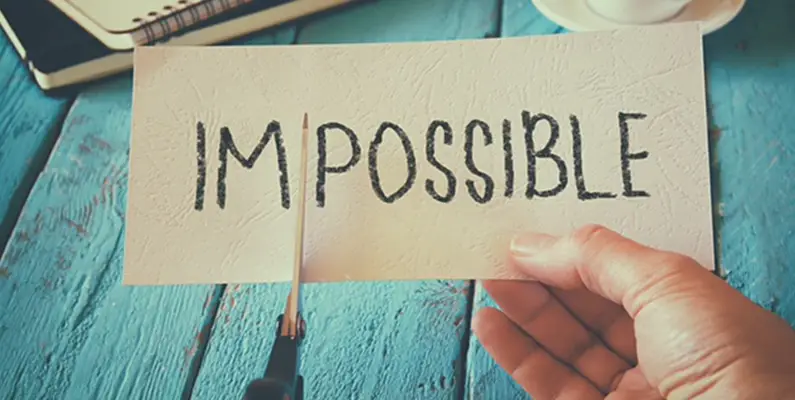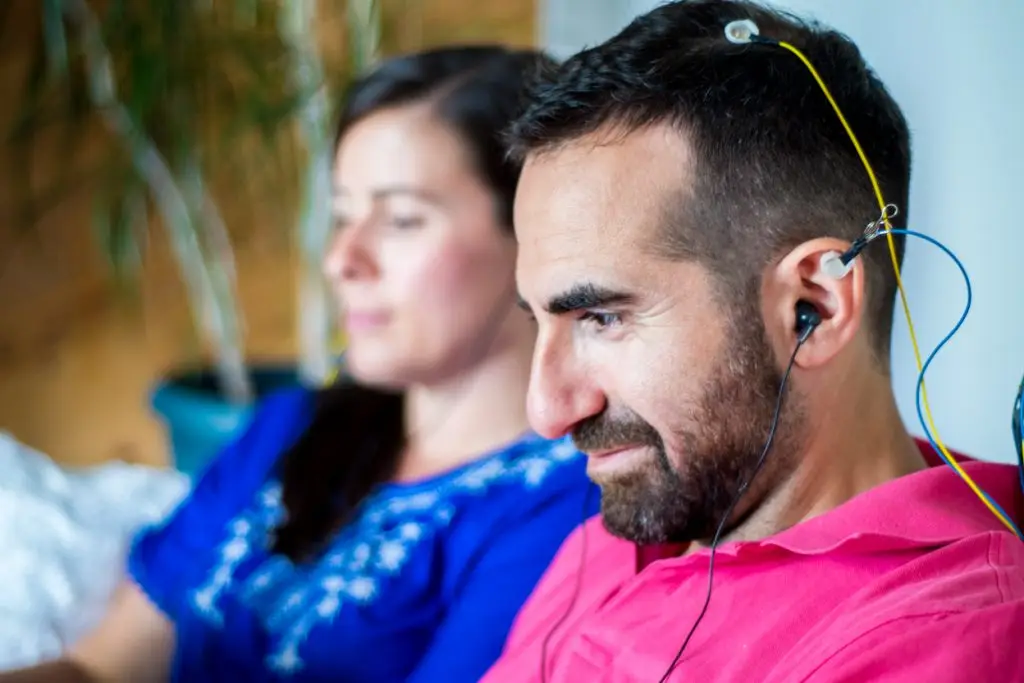Dopamine is a neurotransmitter that is responsible for enabling our focus, desire and motivation. It is what makes us want rewards, enjoy those rewards and then to seek more rewards. Dopamine is one of our key drivers but it does more than motivate us. It is also one of our key regulators that helps to govern learning, movement, attention, and emotional regulation.
If your dopamine levels are consistently low you may experience any of the following:
• A lack of motivation
• Loss of enthusiasm
• Procrastination
• Lethargy and fatigue
• Self-doubt and anxious thinking
• Problems with staying focused
• Emotional imbalance
Dopamine is also the neurotransmitter that is primarily responsible for our obsession and addiction with social media, as each new like, follow, comment or interaction works as a reward which creates a dopamine surge that we enjoy. This reward enjoyment is addictive so we keep returning, inadvertently in search of another hit of dopamine.
Dopamine also has an impact on numerous human functions and behaviours such as sleep and moods, attention spans, the processing of pain, kidney function, and learning and motivation.
HOW TO HACK YOUR DOPAMINE TO IMPROVE YOUR MOTIVATION
Dopamine makes us feel good and feeling good increases our ability to enjoy life, to feel happiness, to be enthusiastic and have an overall feeling of wellbeing. Perhaps the best thing about dopamine, is that we can increase it naturally with a very simple behavioural technique.
As already mentioned, dopamine motivates us to desire rewards, and rewards make us want more rewards. We can leverage this desire and motivation in a very healthy way. So how do we do this?
We make a list.
The humble handwritten list provides us with a framework of achievement, by breaking down larger end goals into smaller goals that we then check off the list as we go, which creates a series of dopamine hits, adding in rewards, until we reach the end goal where a bigger reward awaits us.
The key here is to really break the list down into small, very achievable goals. As each little goal is achieved, momentum builds, dopamine is delivered and motivation, focus and feelings of success are ignited.

HOW TO START – THE SIMPLE LIST
If your motivation and drive is extremely low, a good place to start is right at the beginning. Write a list of the things you ALREADY do in a day, include all the basics such as: brushing your teeth, putting on your shoes, making yourself a coffee, taking a shower. Then, either as you go, or at the end of the day, check off each successfully completed item. It is important that your list is written down, preferably with a pen and paper because pairing the cognition to an action is important.
Build in new additions to your list as the days go on, add in rewards along the way, and work toward your overall goal. As you reach your bigger goals, be sure to celebrate your achievements. By acknowledging and celebrating your progress you will keep your dopamine moving, maintain your momentum, your focus and your drive.
PROVEN WAYS TO INCREASE YOUR DOPAMINE NATURALLY
In addition to creating a reward system and success framework by using a list, there are other proven ways to increase your dopamine naturally.
• Ten minutes of aerobic exercise will boost your dopamine levels.
• Listening to music has been shown to stimulate the reward centre of the brain
• Get a little sunlight (safely) and you will get a dopamine boost
• Socialise with others or play with a dog
• Do a jigsaw puzzle (focus and creativity activate dopamine)
• Be sure to get enough protein
WHAT ELSE CAN I DO TO IMPROVE MY FOCUS, CONCENTRATION AND MOTIVATION?
-

Neurofeedback Brain Training for better focus, concentration and motivation
At Brain Training Australia™ we offer Neurofeedback Brain Training and Cognitive Behavioural Therapy (CBT) to help our clients struggling with focus, concentration and motivation.
Neurofeedback Brain Training measures and analyses the electricity generated by the Central Nervous System and then uses this analyse to provide specific interactive brain training exercises. Neurofeedback uses real-time displays of brain activity through the use of electroencephalography (EEG), to teach self-regulation of brain function.
Once the brain function starts to stabilise with Neurofeedback Brain Training, we then work with our clients to integrate Cognitive behavioural therapy (CBT) into their Brain Training Programs. CBT is a therapeutic approach used to treat and manage problematic thoughts and behaviours and works by helping the client to identify which thoughts and feelings are causing distress, and developing plans to actively challenge these issues. The aim is to teach the client that while the environment cannot change for you, you can change your view of the environment. With this new perspective, the client shall have the tools and methods to now live a positive and healthy lifestyle.
Symptoms such as lack of focus, concentration, motivation and procrastination stem from neural dysregulation and an overstimulated central nervous system response. First step involves regulation of your stress response.
WHY SHOULD I REGULATE MY STRESS RESPONSE?
Over time and with continuous exposure to stress (be it real or perceived), the result of the chemicals and hormones being produced, cause a state of overwhelm, constant thoughts, a feeling that everything is important and an inability to switch off often resulting in poor sleep patterns. These are the tell tale signs of an overstimulated central nervous system response, also known as an overstimulated stress response.
Continued feelings of stress can be very harmful to our physical health as well as our psychological well-being. It enables and encourages unhealthy habits, such as using drugs and alcohol, exercising less often, and becoming socially withdrawn. Stress places the body under immense pressure, unnecessarily.
This continued state of strain and pressure of an overstimulated stress response causes long-term problems including higher risk of heart disease, strokes, ulcers, and other mental illnesses such as anxiety, depression and performance issues such as memory loss, insomnia, procrastination and poor concentration.
-

Neurofeedback Brain Training for focus, concentration and motivation
HOW DO I GET STARTED?
The first step is to get in contact with us and book in for your First Appointment.
This will allow you to experience a session, and see if its the right modality for you. We will also be able to advise you, given your presentation, whether Neurofeedback, Cognitive Behavioural Therapy (CBT) or a combination of both would give you the best result.
The team at Brain Training Australia™ recognise the unique qualities of all our clients and will work closely with you to personalise your Brain Training Program so that you can achieve your goals of optimal mental processes.
We look forward to helping you live a much richer, happier and healthier life, and to stop having a stressed, overwhelmed and busy brain.
Learn more – how we help you to self-regulate a stressed, overwhelmed and busy brain.







